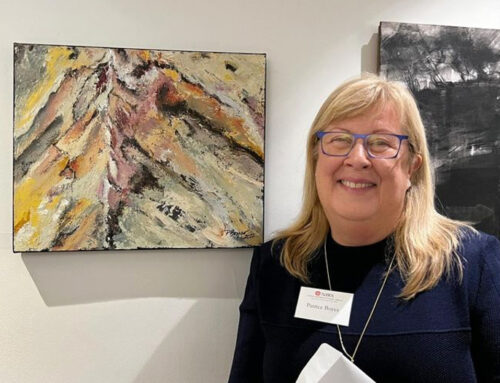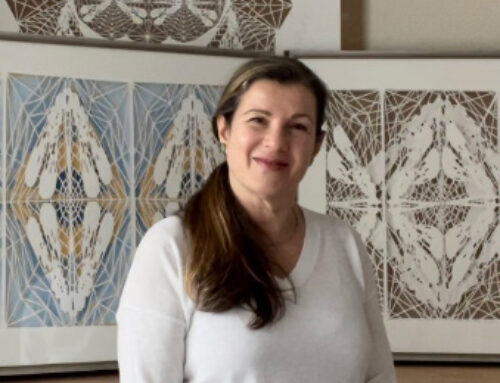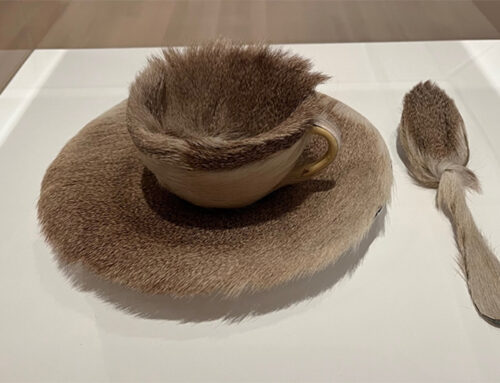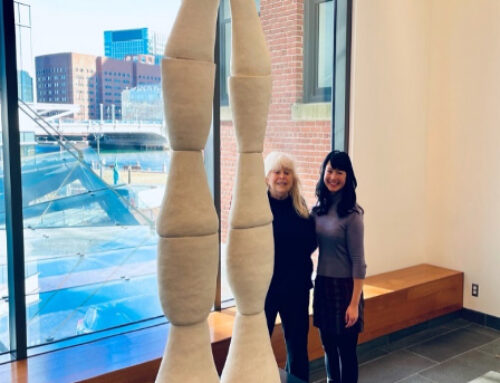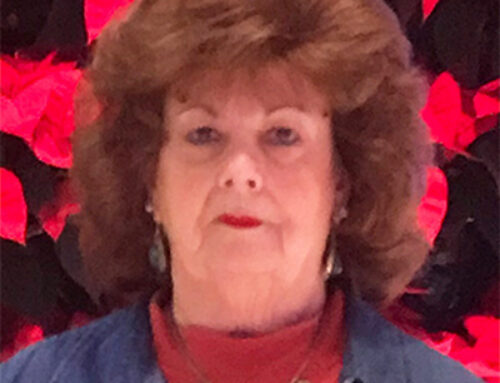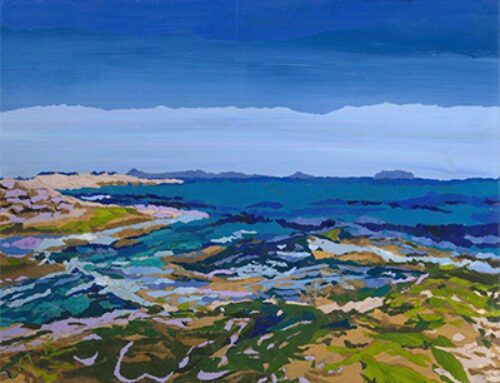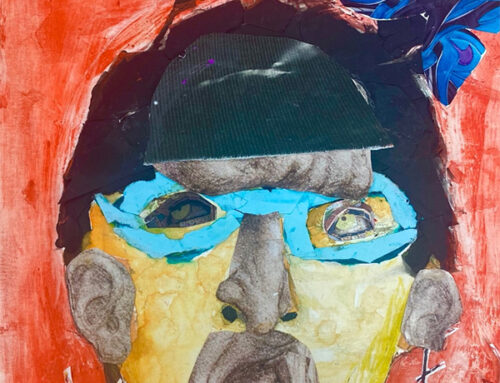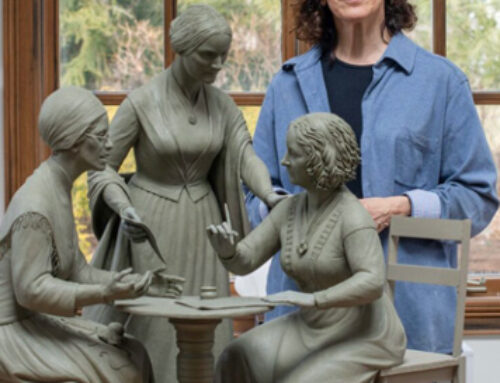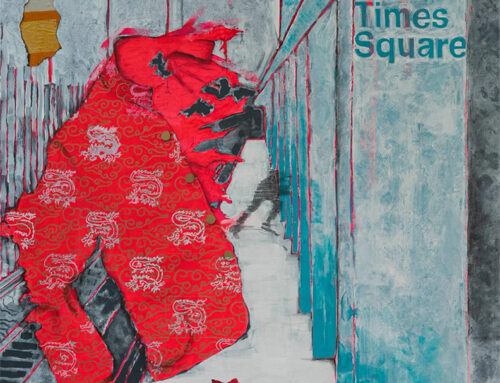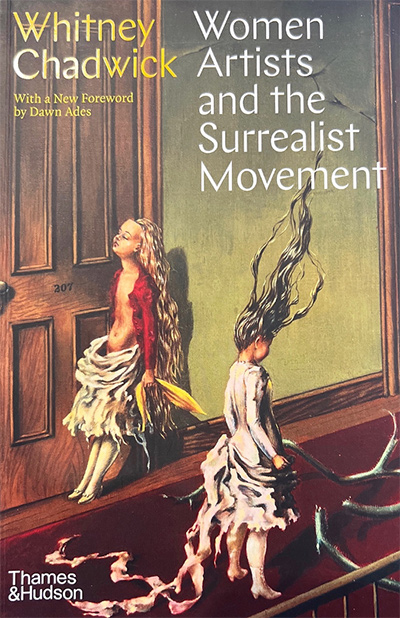
Women Artists and the Surrealist Movement
Author: Whitney Chadwick
By Patrice Boyes
A pioneering work first published in 1985, the 2021 reissuance of Whitney Chadwick’s 320-page paean to the first generation of women artists associated with the Surrealist movement beckons to be read – or re-read – if only to understand the impact of the first edition on the legacy of these women artists. A new forward by Surrealism scholar Dawn Ades attests to the book’s elevation of the “critical fortunes of the artists involved, whose invisibility at the time is hard to believe.”
Artists such as Frieda Kahlo, Dorothea Tanning and Leonora Carrington “are now at least as famous as their male colleagues in Surrealism, but this was not the case in 1980,” the year Chadwick commenced her research, Ades writes.
The book’s analysis spans Surrealism’s inception in 1924 to post-war 1947, noting that at its core the movement remained male-dominated in theory and practice. The resulting contradiction between “images of women and those by women” was irreconcilable and isolating for women’s needs as mature artists. Notably, several women artists declined to be included in the volume; others lamented to Ades that they had agreed to be in the first edition.

Birthday. 1942, Dorothea Tanning (American, 1910–2012)
Fostered by the controversial poet Andre Breton, Surrealism purportedly sought to free the individual and all artistic expression from the coercive social and economic controls of family, church, and state. Those freedoms in practice were limited to heterosexual male artists, which, not surprisingly, alienated women artists. Breton perpetuated the Surrealist view of women as either the “femme-enfant” (woman-child) or erotic muse. This is a familiar dichotomy to women of all professions and very limiting.
Chadwick avoids feminist polemic in her text but provides methodical evidence of the ironically antiquated treatment of women artists by Surrealists and art critics. She writes of Surrealism’s failure to resolve the 19th Century image of the passive, dependent woman, defined through her associations with males, with the contemporaneous demand for female autonomy and independence from home and hearth. She charts the trajectory of Jacqueline Lamba, Breton’s second wife, whose first solo exhibition occurred only after she left him. She contrasted the Surrealist’s rallying point over Charlie Chaplin’s amorous adventures with the independence of American artist Lee Miller (1907-1977), the latter excoriated by her lover Man Ray for being too independent and headstrong. Until Chadwick’s book, Miller’s image by Man Ray was better known than her own photography, according to Ades. In the late 1920s, Miller devised the “solarized” photograph by accidental exposure of film to full light in the darkroom, a technique appropriated by Man Ray in his work. Her success as a fashion photographer for Vogue prompted a final split from Man Ray.
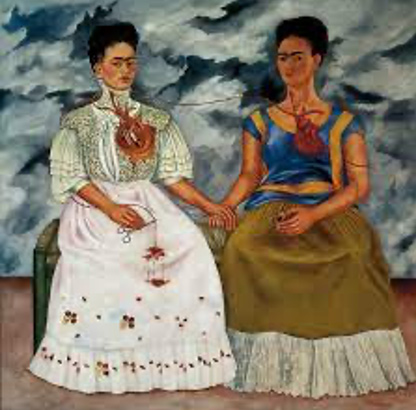
The Two Fridas, 1939 by Frida Kahlo
Frida Kahlo (1907-1954) is included in Chadwick’s book even though she disavowed being labeled a Surrealist and disliked Breton. Breton, on meeting Kahlo in Mexico, adored her and her work, albeit as a confirmation of male Surrealist art and not a further theoretical development. Kahlo said Breton and his circle “thought I was a Surrealist, but I wasn’t. I never painted dreams. I painted my own reality.” [Dawn Ades wrote in the 2016 exhibition catalog for Frida Kahlo at the Dali that perhaps Kahlo denied Surrealism “so strenuously” later in life out of fashion and possibly politics: Surrealism was no longer chic and Kahlo had rejoined the Communist Party in Mexico. Surrealism was unacceptable to the Party.]
American-born abstract artist Kay Sage also features prominently in Chadwick’s book. Sage in 1937 left her Italian prince husband for adventure and art in Paris. She exhibited one painting in 1938, which Breton assumed must have been painted by a man. Ironically, Sage contributed to Breton’s support during World War II, when many Surrealists decamped to New York City. Remarried to better-known Surrealist Yves Tanguy, Sage and Tanguy worked in separate studios in a barn at their Connecticut residence. Sage worried her work was derivative of Tanguy, but critics saw few similarities. Her last self-portrait was completed in 1956 (Le Passage), a year after Tanguy’s sudden death. Depressed, she turned to poetry and writing, to no avail, and committed suicide in 1963.
Chadwick’s well-documented book delves into the psychosexual and occult fascinations prevalent in the early years of Surrealism and accordingly in this reviewer’s opinion loses focus in those sections. This criticism is outweighed however by her valuable contextual presentation of new information about heretofore little-known but important women artists. The book simultaneously unfolds and helps create the success stories of each and every one of these women artists. It is well worth your time.
About the Author
Whitney Chadwick is a professor emerita at San Francisco State University. She has published on issues of gender and sexuality in surrealism, modernism, and contemporary art. Her book Women, Art, and Society (Thames and Hudson, 1990; fifth revised and updated edition, 2011) explores the history of women’s contributions to visual culture from the Middle Ages to the 21st century through an examination of the intersection of class, gender, race, and sexuality with culture, geography, politics, and criticism. Chadwick received her PhD from the Pennsylvania State University. In 2003, she was awarded an honorary doctorate by the University of Gothenburg. Her research has been supported by fellowships at the Sterling and Francine Clark Art Institute and the Forum for Advanced Studies in Arts, Languages, and Theology at Uppsala University.



